Pea gravel is a popular material used for creating patios and walkways. It is composed of small, smooth stones that are typically between 1/8 and 3/8 inches in diameter.
Pea gravel patios are low-maintenance and can be an attractive addition to any outdoor living space.
However, like any landscaping material, there are pros and cons to using pea gravel for your patio. In this article, we will explore the benefits and drawbacks of pea gravel patios.
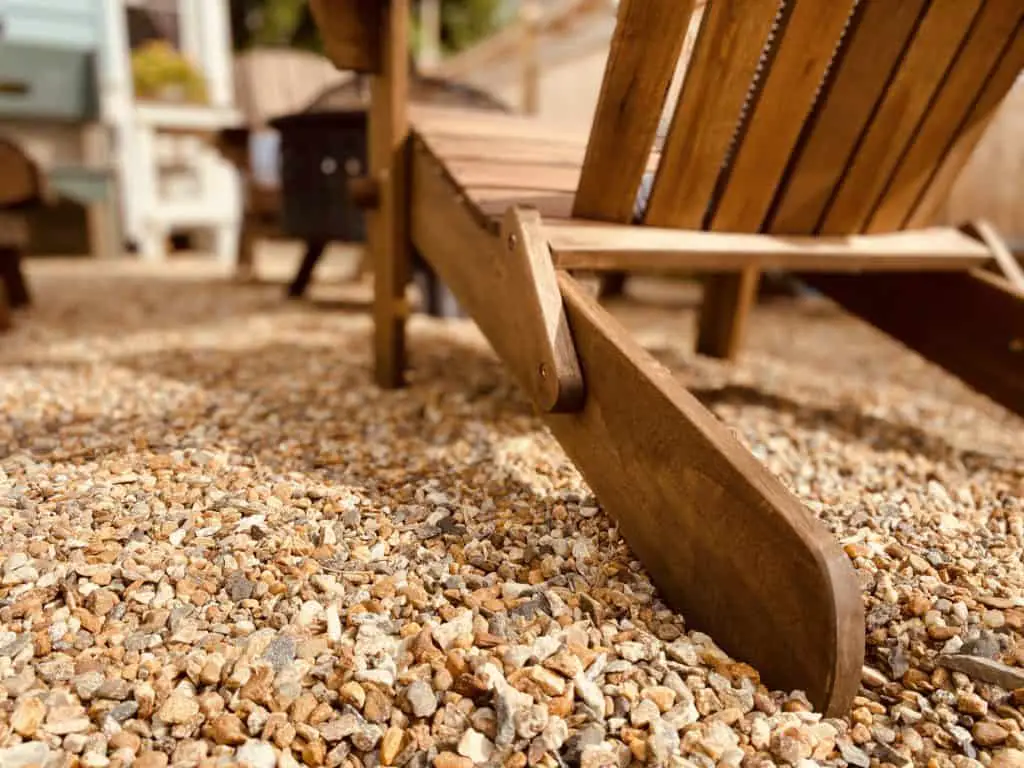
What Is A Pea Gravel Patio?
A pea gravel patio is a type of outdoor living space that is made up of small, smooth stones known as pea gravel. The gravel is typically between 1/8 and 3/8 inches in diameter and is laid over a base of compacted soil or gravel.
Pea gravel patios are popular because they are affordable, easy to install and require very little maintenance. They are a popular choice for those who want a natural, rustic look in their outdoor living space.
To create a pea gravel patio, the first step is to prepare the area by clearing away any existing grass or debris. Next, a base of compacted soil or gravel is laid to provide a stable foundation for the gravel.
The pea gravel is then spread over the base in a uniform layer, typically about 2-3 inches deep. The gravel is then raked and leveled to create a smooth, even surface. Finally, the edges of the patio are defined with landscaping edging or a border of bricks or stones.
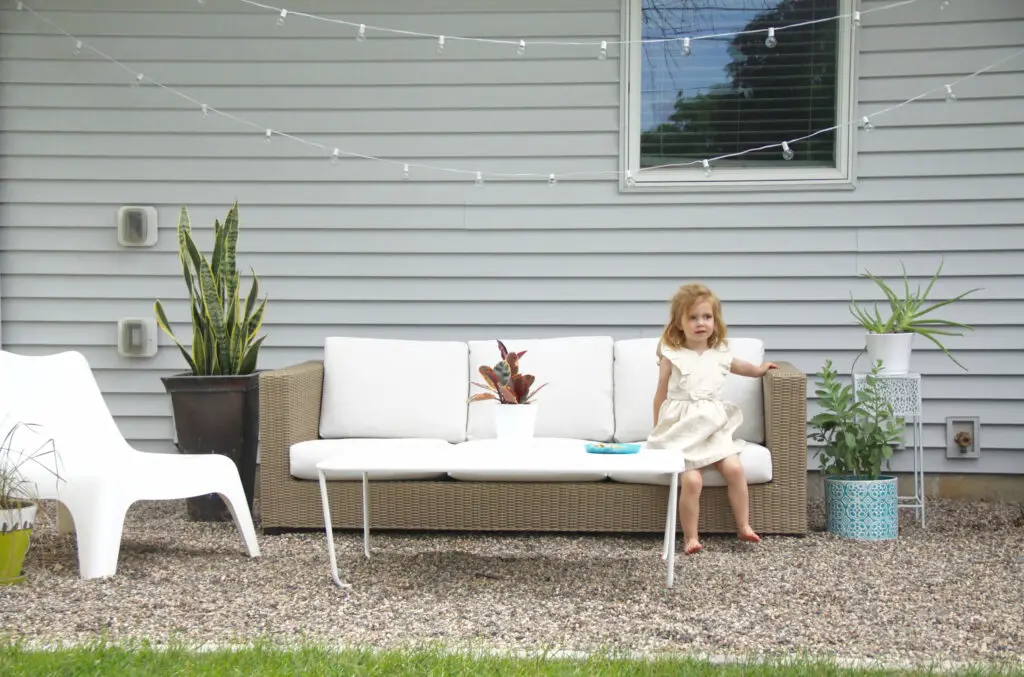
Quick Overview Pea Gravel Patio Pros and Cons
| Pros | Cons |
|---|---|
| Affordable and easy to install | May shift or scatter under heavy furniture |
| Low-maintenance | Can be difficult to walk on for some |
| Provides a natural, rustic look | Can attract pests |
| Allows for drainage and prevents erosion | Can be messy and difficult to clean |
| Versatile and customizable | Can be damaged by foot or vehicle traffic |
| Offers good traction for walking | Can be challenging to maintain an appearance |
| Durable and long-lasting | Not suitable for wheelchairs or mobility devices |
Pros of Pea Gravel Patios
1. Cost-effective
Pea gravel is one of the most affordable landscaping materials available. It is significantly cheaper than other materials like concrete or natural stone, making it a great option for those on a tight budget. Additionally, pea gravel is easy to install, which can save you money on labor costs if you choose to do the installation yourself.
See Our: Pea Gravel Calculator
2. Low-maintenance
Pea gravel patios require very little maintenance. Unlike concrete or natural stone, which can crack or chip over time, pea gravel is extremely durable and can withstand heavy foot traffic without showing wear and tear.
It is also resistant to erosion, so you don’t have to worry about it washing away during heavy rains.
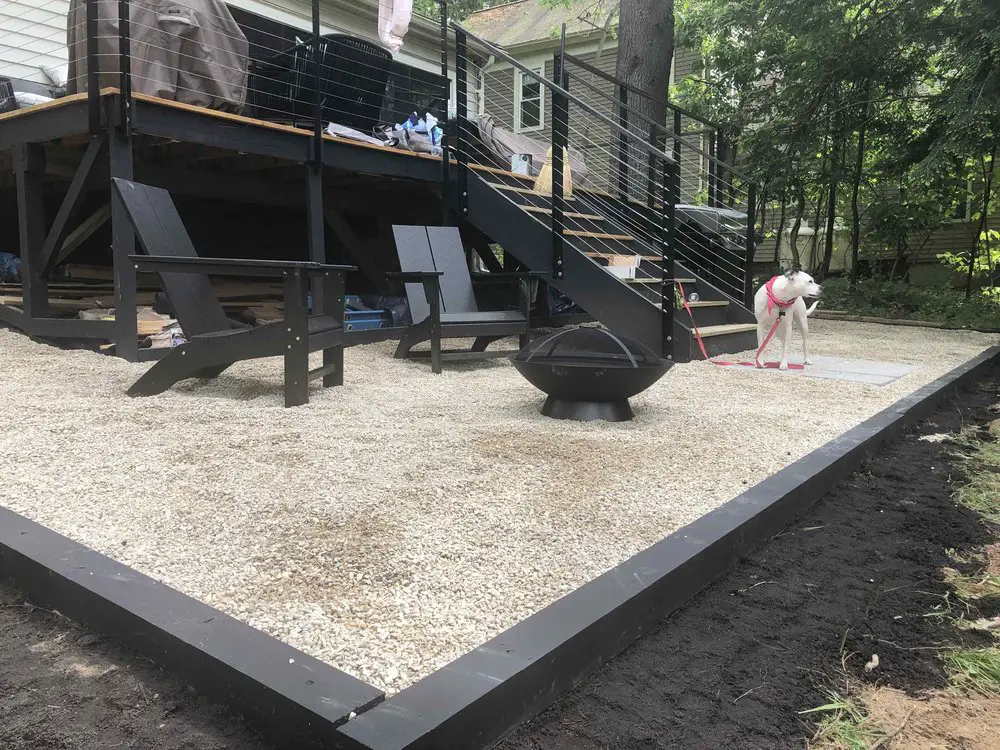
3. Attractive Appearance
Pea gravel has a natural, rustic look that can be a beautiful addition to any outdoor living space. The small, smooth stones create a uniform surface that can complement a variety of landscaping styles.
Additionally, pea gravel comes in a range of colors, including tan, gray, white, and red, which allows you to choose a shade that complements the existing elements of your landscape.
4. Excellent Drainage
One of the biggest advantages of pea gravel patios is their excellent drainage. Because the stones are small and porous, rainwater can quickly soak into the ground beneath the patio, which helps prevent standing water and potential damage to your patio or home.
This makes pea gravel patios an ideal option for areas with heavy rainfall or poor drainage.
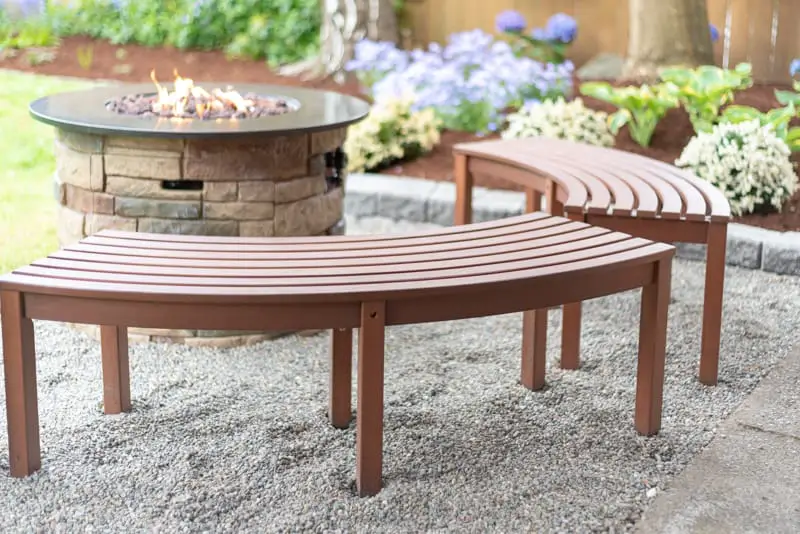
5. Versatility
Pea gravel can be used for a variety of landscaping projects, including patios, walkways, and driveways. Its versatility allows you to create a cohesive look throughout your outdoor space, which can enhance the overall aesthetic appeal of your home.
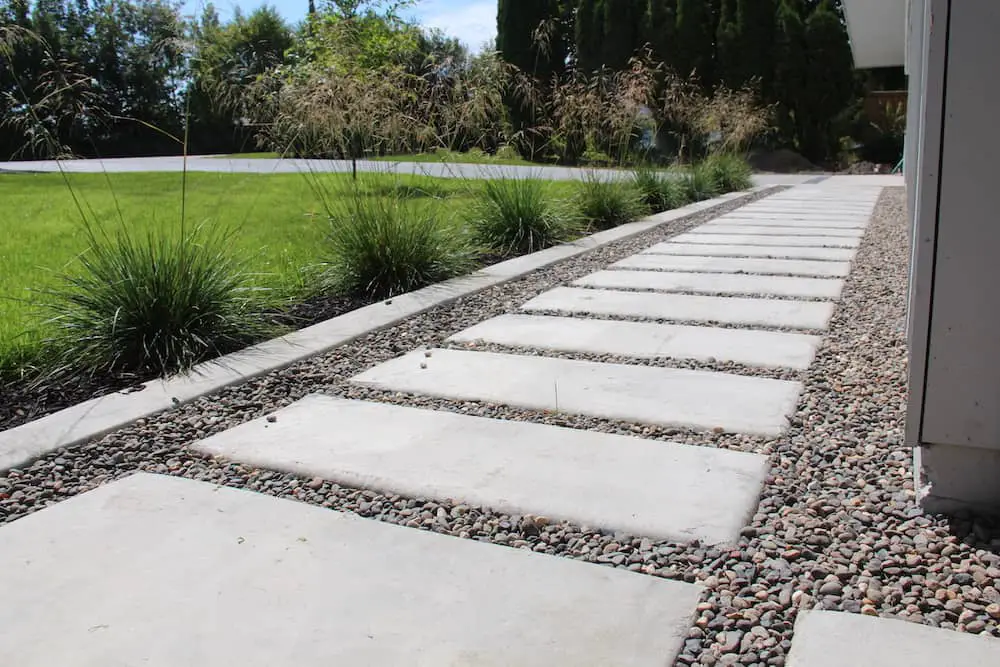
Cons of Pea Gravel Patios
1. Uncomfortable to Walk On
One of the biggest drawbacks of pea gravel patios is that they can be uncomfortable to walk on, especially for those who are barefoot.
The small stones can be sharp and uneven, which can cause discomfort or even injury. This can be particularly problematic for children or elderly individuals.
2. Can Be Messy
Because pea gravel is a loose material, it can be messy. Over time, the stones can shift or scatter, which can create a littered appearance. Additionally, pea gravel can be easily tracked inside your home, which can be a nuisance to clean up.
3. Difficult to Clean
Pea gravel patios can be difficult to clean, especially if they are heavily soiled. The small stones can be hard to rake or sweep, and pressure washing can scatter the stones and damage the patio. This can be a problem if you have pets or children who frequently use the patio.
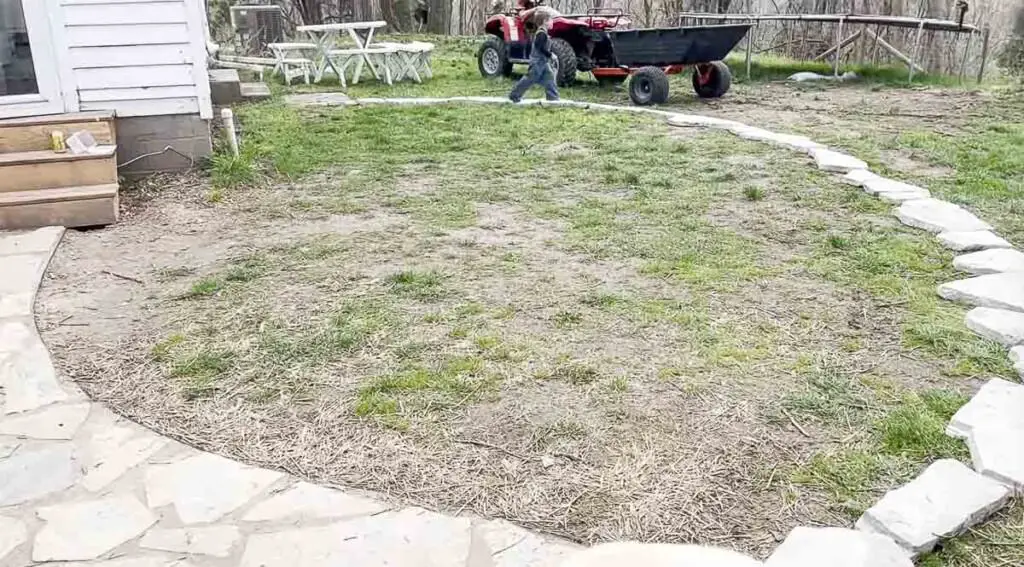
4. Can Attract Weeds
Pea gravel patios can be a breeding ground for weeds, especially if they are not properly maintained. Weeds can easily grow through the small spaces between the stones, which can be unsightly and difficult to control.
5. Limited Durability
While pea gravel is a durable material, it is not as long-lasting as concrete or natural stone. Over time, the stones can become dislodged or scatter, which can create an uneven surface.
Additionally, pea gravel patios may need to be topped up periodically to maintain their appearance and functionality, which can be a time-consuming and costly process.
6. Can Attract Pests
Pea gravel patios can attract pests like ants or termites, which can burrow into the small spaces between the stones. This can be a particular concern for those who live in areas with high pest populations.
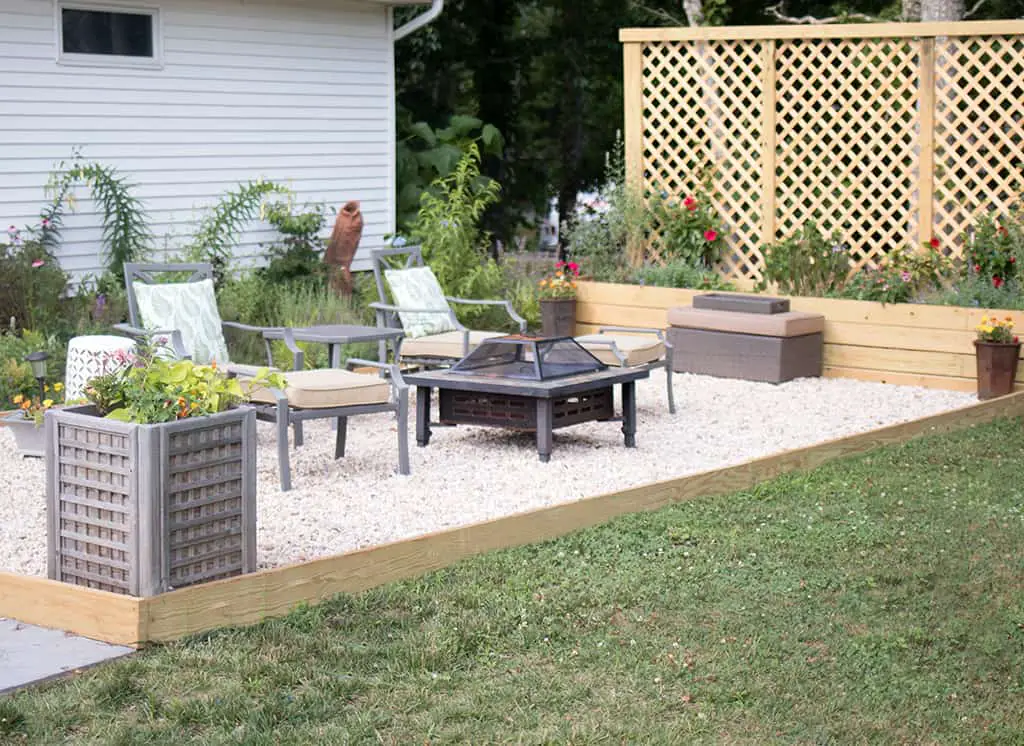
7. Not Suitable for Heavy Furniture
Pea gravel patios may not be suitable for heavy outdoor furniture like sofas or dining sets. The small stones can shift or scatter under the weight of heavy furniture, which can create an uneven surface and potentially damage the furniture.
8. Not Suitable for Wheelchairs or Mobility Devices
Pea gravel patios can be difficult to navigate for those who use mobility devices like wheelchairs or walkers. The small stones can create an unstable surface that can be challenging to traverse.
Conclusion
Pea gravel patios have both advantages and disadvantages, and ultimately, the decision to use this material for your outdoor living space will depend on your specific needs and preferences.
If you are looking for a cost-effective and low-maintenance landscaping material that can add natural beauty to your patio or walkway, pea gravel may be an excellent option.
However, if you have concerns about comfort, cleanliness, or durability, you may want to consider other materials like concrete or natural stone. Overall, careful consideration of the pros and cons of pea gravel patios can help you make an informed decision about the best material for your outdoor living space.

![What Gravel To Use For Patio Base [Best Options]](https://www.cleverpatio.com/wp-content/uploads/2021/11/What-Gravel-To-Use-For-Patio-Base-270x180.jpg)
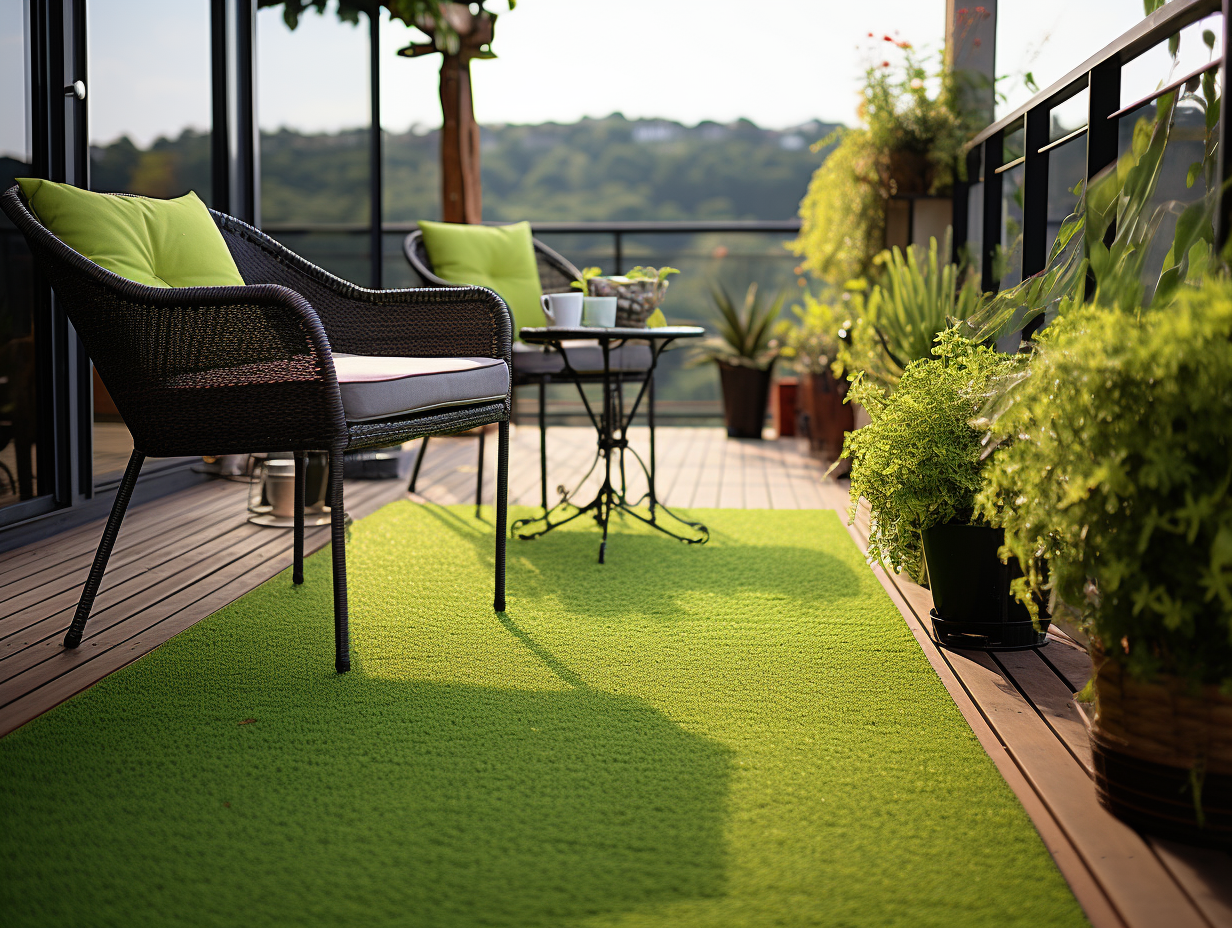
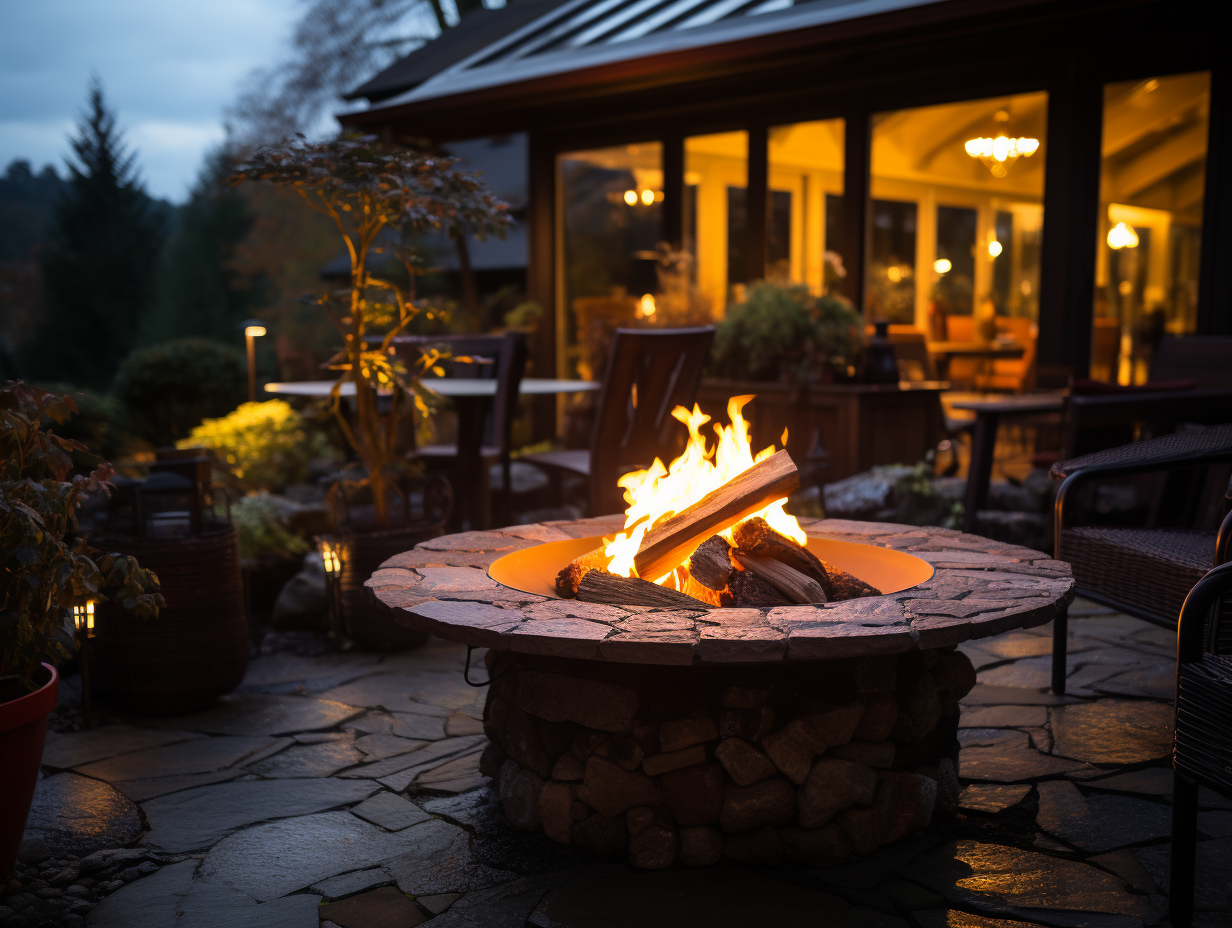
Leave a Reply